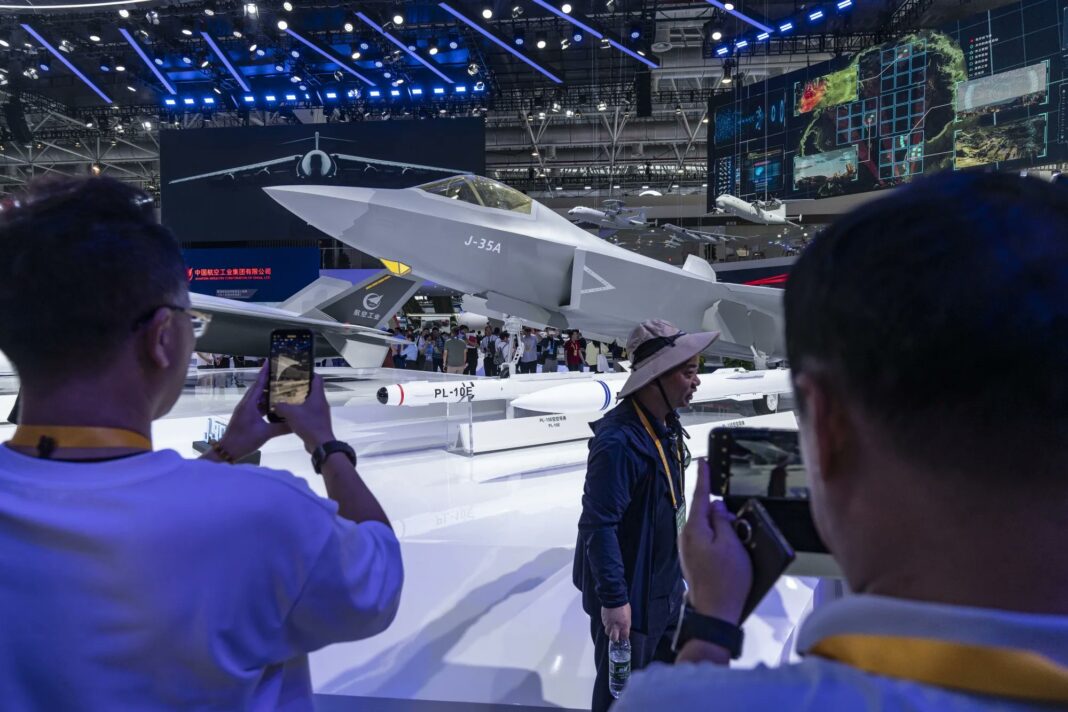By The Sampadak Express
Several Indian Air Force (IAF) veterans have expressed serious concerns over reports that China will supply Pakistan with 40 J-35 fifth-generation stealth fighter jets, marking a significant development in regional air power dynamics.
According to Bloomberg, Pakistan announced plans earlier this month to acquire not only the J-35 fighters but also KJ-500 airborne early warning and control (AEW&C) aircraft and HQ-19 ballistic missile defence systems. This would be China’s first international export of its J-35 stealth fighter, developed by the Shenyang Aircraft Corporation and recently unveiled at the 2024 Zhuhai Airshow.
Group Captain (Retd.) Ajay Ahlawat, a former IAF fighter pilot and defence analyst, said the development was expected, as Pakistani pilots have already been training in China for months.“
Pakistan receiving these jets is not a surprise,” he said, adding that the country is expected to receive a downgraded FC-31 version of the J-35, which is common in international arms exports. “Any version of J-35 in Pakistani colours is going to raise concerns on our side. It’s worrying news.”
Echoing the concern, Air Marshal (Retd.) Sanjeev Kapoor emphasised the urgent need for India to accelerate its indigenous fighter development, particularly the Advanced Medium Combat Aircraft (AMCA).“
Pakistan is expected to receive these jets by December. But AMCA could take up to 10 years to be inducted. Can we afford to wait with adversaries on both sides advancing their capabilities?” he questioned.
About the J-35
The J-35 is a twin-engine, fifth-generation stealth fighter developed by Shenyang Aircraft Corporation. It builds on the earlier FC-31 prototype and is designed for carrier-based operations, featuring stealth characteristics like internal weapons bays, angled stabilisers, and a faceted fuselage to reduce radar visibility. The aircraft is seen as a key element in China’s evolving airpower strategy, especially for naval deployment.
With this potential acquisition, Pakistan would significantly boost its aerial capabilities, prompting strategic recalculations in India.





